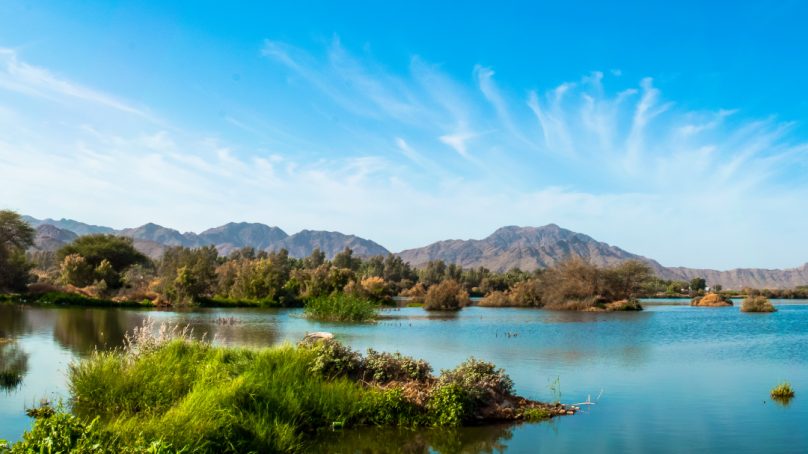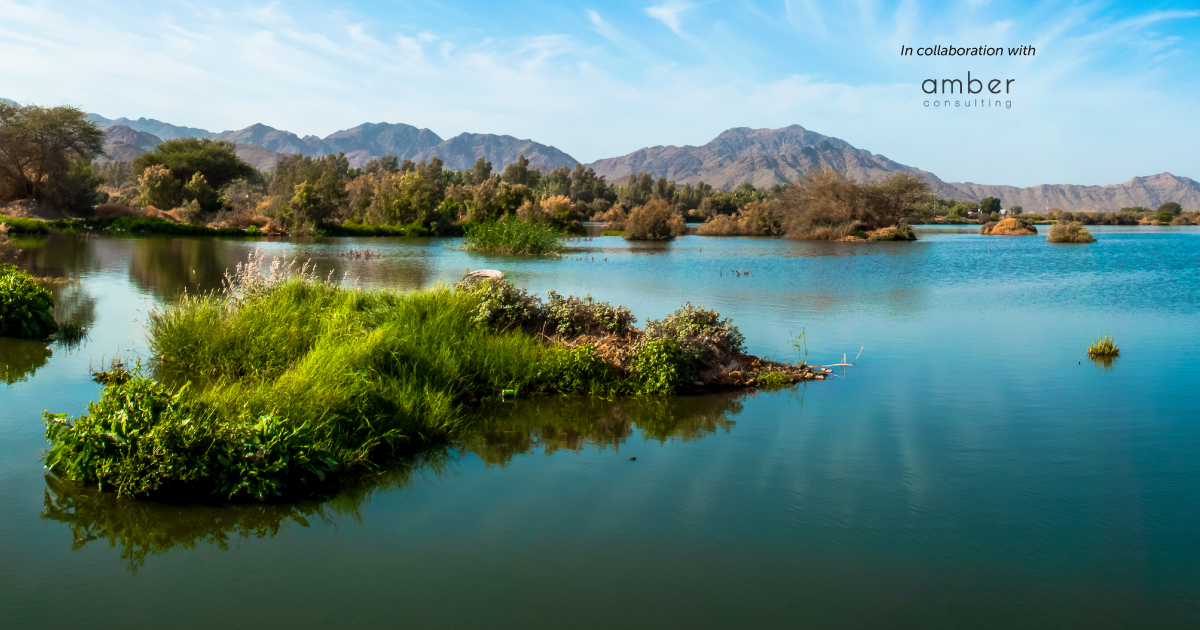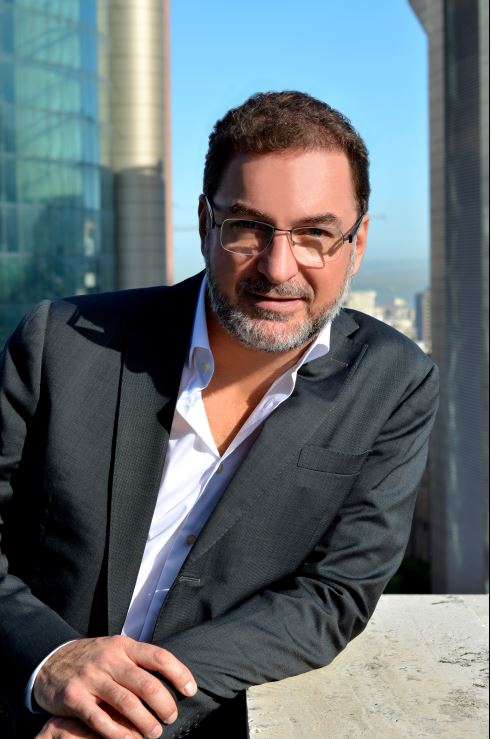

The region is well placed to tap into the booming medical and wellness tourism segments, according to Ralph Nader, CEO of Amber Consulting, although a formalized strategic approach is needed to support sustainable sectoral growth.
Regional recognition with good reason
Despite the absence of a formalized strategic approach, medical tourism in the Middle East has undeniably gained international recognition. Dubai ranks 6th on the Medical Tourism Index (MTI), which offers valuable insights into American perceptions of international healthcare destinations, with Abu Dhabi in 9th spot, Oman 13th and Egypt 26th. Turkey secures 30th position, while Saudi Arabia, Jordan and Tunisia place 35th, 36th and 38th, respectively. Qatar, Lebanon and Kuwait also feature on the index.
What the rankings tell us
These rankings provide valuable information for individuals considering medical tourism, highlighting the diverse options available. The MTI evaluates factors that include destination appeal, safety and quality of care. Several factors are likely to have helped a sizeable number of Middle Eastern countries secure a spot on the index:
Access to advanced treatments and technologies. Medical tourists are seeking advanced treatments and technologies unavailable in their home countries. Middle Eastern countries like the UAE, Qatar and Saudi Arabia have invested in state-of-the-art healthcare infrastructure, including hospitals and clinics offering cutting-edge treatments. Dubai’s healthcare sector is thriving, attracting 674,000 visitors who spent AED 992 million in 2022, a significant increase on the 2021 total. Additionally, patients with complex medical conditions or those in need of specialized treatments may find that the best care and technology is not available in their home country. Saudi Arabia has established itself as a center for medical excellence, offering state-of-the-art treatments for cancer and other complex medical conditions. The Kingdom holds great promise as a leading regional medical tourism hub, boasting robust infrastructure and top-notch facilities that meet international accreditation standards.
Cost savings. Medical treatments and procedures can be significantly more expensive in developed countries than in the Middle East. For example, dental procedures, cosmetic surgeries and fertility treatments can be up to 70 percent cheaper in countries such as Turkey, Jordan and Lebanon, without compromising on quality of care. A heart bypass surgery in the US can cost upwards of USD 100,000, while the same procedure in the UAE can cost as little as USD 20,000.
Shorter waiting times. Lengthy waiting times for medical procedures can be a major issue in some parts of the world. Middle Eastern countries such as the UAE and Saudi Arabia have introduced new regulations and initiatives to reduce waiting times, with many facilities offering same-day or next-day appointments for medical procedures. These initiatives apply to residents as well as foreign medical tourists.
Elective procedures. Many people choose to travel abroad for elective procedures, such as cosmetic surgery and dental treatments, because they can save money. Middle Eastern countries like Turkey and the UAE are popular destinations for cosmetic surgery due to the quality of their facilities and the expertise of their doctors. For example, Dubai has established itself as a hub for cosmetic surgery, attracting patients from around the world with its state-of-the-art facilities and highly trained doctors.
Wellness tourism. The Middle East offers a plethora of rejuvenating experiences. The Dead Sea, renowned for its mineral-rich waters and therapeutic mud, attracts visitors seeking relief from various skin conditions. Other destinations, like Oman’s luxury resorts and Jordan’s wellness retreats, offer holistic therapies, spa treatments and yoga retreats. Clinique La Prairie Health Resort, a new wellness resort, will soon join them, opening in Riyadh, KSA, as part of the Red Sea destination project.
Securing sustainable growth
Creating favorable conditions for investors requires a well-rounded approach. Priorities should include:
Regulations and infrastructure. Establishing clear rules and regulations that cover licensing, accreditation, liability and patient rights has to be the starting point. Next, countries need to invest in top-notch healthcare infrastructure, with advanced facilities and technologies.
Public-private partnerships. These undoubtedly present an ideal way to combine the strengths and resources of different players. Governments can lend a helping hand by supporting partnerships through joint marketing campaigns and financial assistance.
Financial and administrative incentives. Offering attractive incentives is key to sweetening deals for investors. Think tax breaks, exemptions from customs duties and simplified business processes. When it comes to attracting medical tourists, insurance companies play a crucial role by providing coverage and financial support for accessibility and affordability of medical treatments. They offer policies that cover treatments obtained through medical tourism, establish networks of partner hospitals and clinics, assist with pre-authorization and claims processes, and provide information and guidance to policy holders.
Creating a winning strategy
Transitioning into a prominent medical tourism hub requires not only financial investments, but also a strategic approach to how these resources are allocated
and utilized. Governments need to adopt tailored strategies, aligned with the unique requirements of each country. The success of such initiatives relies on meticulous planning and effective execution, ensuring optimal utilization of funds and resources in the pursuit of establishing thriving medical tourism sectors.
To create a winning strategy for medical tourism in the Middle East, several key factors need to be considered, such as:
Streamlined travel. Facilitating seamless travel experiences is crucial. This entails providing affordable flights, efficient transportation services and visa-free entry to attract medical tourists. It’s also important to develop supporting infrastructure, like transportation and accommodation options.
Strategic promotion. Governments will have to promote the Middle East as an ideal medical tourism destination through targeted advertising, public relations and online marketing, forging partnerships with travel agents and tour operators to enhance outreach efforts. One idea would be to leverage the diverse climate conditions in the region. Coastal regions can be promoted for climatotherapy, related to respiratory health, skin conditions and relaxation, reaffirming the benefits of sunshine and mineral-rich sea waters. Desert regions, meanwhile, can be marketed for climatotherapy targeting conditions like rheumatism and arthritis, highlighting the benefits of dry heat and mineral-rich sands for natural pain relief and joint mobility.
Niche focus. Focusing on specific areas of expertise is commercially practical for establishing a strong position in medical tourism, as shown by other countries that have established themselves as medical hubs. Thailand specializes in gender defining and cosmetic surgery, for example, while China is known for stem cell treatments. Middle Eastern countries should therefore capitalize on their own areas of focus, such as cosmetic surgery, dental care or fertility treatments, to attract medical tourists seeking these services.
International partnerships. Collaborating with renowned international healthcare organizations, such as BUPA, will help to elevate the quality of healthcare services and appeal to medical tourists seeking exceptional care.
Comprehensive marketing plan. Developing a well-rounded medical tourism marketing plan encompassing online (e-health) and offline strategies to raise awareness about the Middle East’s appeal as a medical tourism destination and highlight its attractions is crucial.
Superior customer service. The region already benefits from renowned skills among the workforce in hospitality. These should be extended to the medical sector, encompassing the provision of accurate information, addressing individual needs and ensuring a positive experience throughout a medical tourist’s stay.
When these strategies are combined, the Middle East will be well placed to significantly boost its reputation as a medical destination, buoyed by an increase in investor interest and paving the way for new jobs in an expanding healthcare sector brimming with untapped potential.

CEO
Amber Consulting













